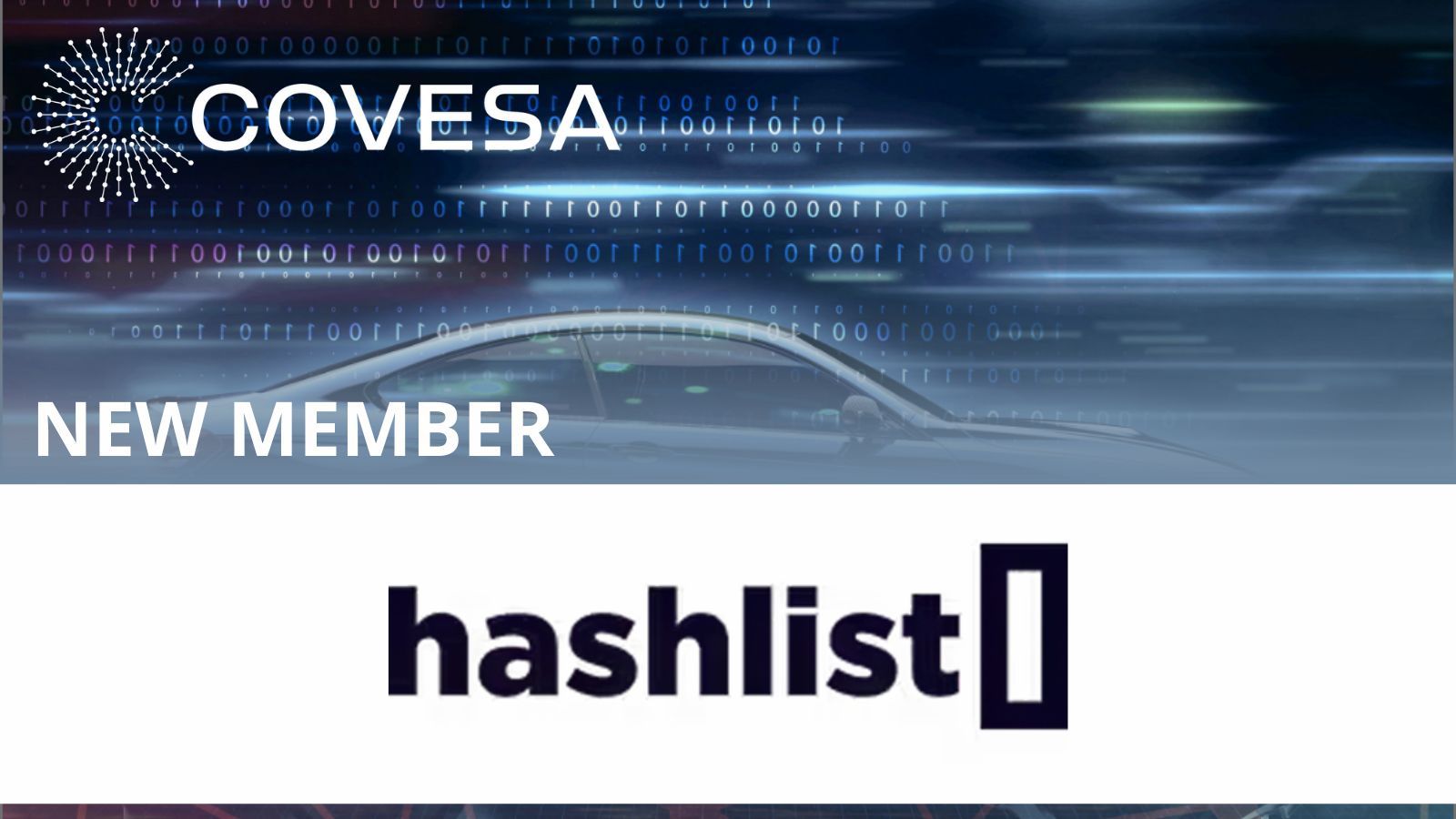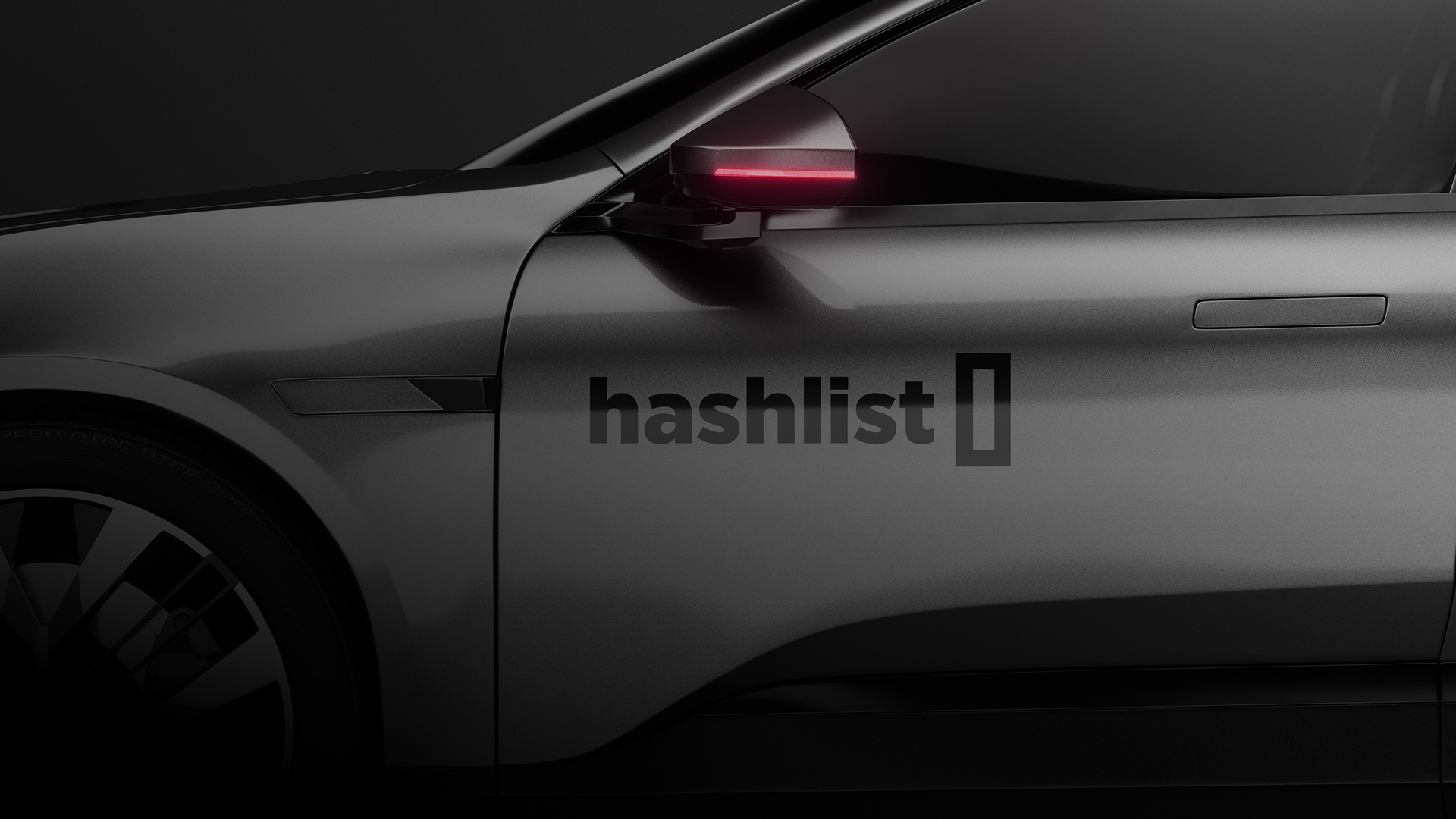We analysed internal Hashlist data and recent employment data from the following OEMs: Tesla Motors (US), Toyota Motor Corporation (Japan), Volkswagen Group (Germany), Hyundai Motor Group (South Korea), General Motors (USA), Ford Motor Company (USA), Honda Motor Co., Ltd. (Japan), Stellantis N.V. (Netherlands), Nissan Motor Co., Ltd. (Japan), BMW Group (Germany), Daimler AG + Mercedes-Benz (Germany), Groupe Renault (France), Kia Corporation (South Korea), Tata Motors + Jaguar Land Rover (India), Suzuki Motor Corporation (Japan) and Mazda Motor Corporation
OEMs going software-first
Going software-first as an OEM has its own challenges, but also comes with opportunities. The biggest one is being able to redefine your entire workforce: New locations, new compensation, new organisational structure.
This means going where the best talent is, at the best cost, and where competitors have already established hubs to compete efficiently by tapping into existing markets.
Where previously the biggest traditional markets have been the US, UK, Germany, France, Italy, Japan, and South Korea, OEMs are now looking towards countries like Poland, Romania, Brazil, Mexico, India, and Turkey. Even smaller, more specialised hubs are receiving attention, like Croatia, for supercar development.
More cost-efficient talent
The main reason OEMs expand internationally is to reach more cost-efficient talent. Every Western tech hub has its saturation point where more investment into the hub doesn’t bring high-caliber talent at the same rate anymore. At that point, opening a new hub in a country with lower living costs can guarantee the same development power for less fixed costs.
While this seems obvious, companies still need to make sure that A) the region’s level of education is on a good level to maintain quality standards, and B) the language of the region matches the working language of the company.
Some of the more successful hubs that match both of these criteria have been
- Eastern Europe (Poland, Romania, Turkey): Matches EU timezone, and has a high level of technical education and good English language
- South America (Brazil, Mexico): Matches the US timezone
- India: Has some of the highest number of technical graduates per year willing & able to work for Western companies (compared to neighbouring China)
Larger pools
Hashlist created a report 2023 on the biggest Western countries for automotive tech talent: https://www.hashlist.com/blog/global-automotive-oem-tech-talent-footprint
It showed that although the biggest tech hubs are still in Western countries (US, Germany, Sweden, France etc.), the fastest growing ones are the emerging hubs.
According to the most recent Hashlist employment data, >30% of new employees of the world’s largest Western OEMs come from non-Western countries.
When needing to expand your workforce aggressively, it’s wiser to choose a region that already have the numbers
Keeping up with the competition
When competitors suddenly establish new tech hubs in certain regions, it often means they have done their due diligence on talent availability to justify the investment cost.
Often, this means it’s not a bad idea to follow, and compete for the same talent.
Not only those this strategy create a cluster of automotive industry companies, which further attracts more companies and benefitting everyone, but also helps OEMs see in which technology areas their competitors are investing to make sure they are not being left behind.
Certain expertise
When OEMs need very specialised talent for a specific project and project length, it might be easier to relocate that employee or team to their main tech hub momentarily. However, this might not always be an option, especially when the workers are reluctant to move, the project grows in scope, or the costs become too large.
Then OEMs might open smaller offices just to access a very specific type of talent. We have seen this happen when needing to attract the best AI & Autonomous Driving Experts.
Conclusion
10 years ago, some OEMs outsourced certain projects to emerging countries to save costs. Today, almost all OEM expands internationally at an unseen rate to attract the best expertise on a global scale and keep up with a quickly-changing software-defined landscape.
Soon the trend might shift backwards to consolidate and relocate. But for now, it’s all about new international hubs.





